consciousness
the first and ultimate frontier
i always had a crush on you
since i met you
early on
consciousness my love
my love supreme
my love divine
my number
ONE
Well, where to start?
Maybe with God!
They said the God is omnipresent, omniscient and omnipotent. Thats quite a statement, to say the least! “It” sounds pretty much Infinite. Above and Beyond the Beyond.
This is what i heard when growing up Roman Catholic, in the Christian Faith. And then they presented “it”, the “beyond the beyond” looking like that:
Soon i felt that this can’t be “it”, did not make sense to me and i said “Adios!” pretty quick. 😎 And turned to other ways to relate to “The Infinite, Ever-Present, All-Seeing, All-Powerful One”.
The Ultimate Reality.
∞
道可道,非常道。名可名,非常名。无名天地之始,有名万物之母。常无欲,以观其妙;常有欲,以观其徼。两者同出,异名同谓。玄之又玄,众妙之门。
“The tao that can be told is not the eternal Tao
The name that can be named is not the eternal Name.
The unnamable is the eternally real.
Naming is the origin of all particular things.”
“Free from desire, you realize the mystery.
Caught in desire, you see only the manifestations.
Yet mystery and manifestations arise from the same source.
This source is called darkness.
Darkness within darkness.
The gateway to all understanding.”
from: Tao Te Ching, by Lao Tzu:
天下皆知美之为美,斯乃丑矣。天下皆知善之为善,斯乃不善矣。 有无相生,难易相成,长短相形,高下相倾,音声相和,前后相随。 是以圣人处无为之事,行不言之教。万物作而不辞,生长而不见其葆,衰而不见其凋。
Although it looks all Chinese to me, i easily understood the meaning, no “God The Father” needed there 😆 !
I interpret this second verse of the Tao Te Ching – the foundational text of Taoism – as:
The world knows beauty as beauty.
Therefore it becomes ugly.
The world knows good as good.
Therefore it becomes bad.
Being and non-being produce each other.
Difficulty and ease arise together.
Long and short define each other.
High and low depend on each other.
Sound and voice harmonize each other.
Front and back follow each other.
Therefore the sage attends to affairs without doing anything,
and teaches without saying a word.
All things work while not seeking recognition,
grow while not claiming credit,
decay while not regretting their passing.
I guess, even young & inexperienced as i was, intuitively i understood this poetic “explanation” of the unspeakable “Ultimate Reality / Tao” , the “Darkness within Darkness” as well as the arising of duality and the world by naming the million of things by the mind.
Nowadays, with the hindsight of a whole lifetime “on the path”, those lines resonate in me even deeper. They point to the eternal Tao that exists before any manifestations, concepts or labels – it is the nameless, formless source, ground and essence of all manifested phenomena in the world as well as “other worlds” that arises once naming and designation occurs.
The verses hint to the Tao being like a vortex of unseen potentiality and creativity – a metaphysical void or emptiness which generates the 10,000 things but itself cannot be perceptually or rationally grasped.
Only through direct embodied intuitive insight, beyond intellectual knowledge, can one realize and align oneself with the mysterious Tao, the Ultimate Reality.
That has no name!
Of course, this is all very nice and wise and poetic but is it also practical?
I may have asked myself back then?
I was probably looking for more practical ways to realize the “mystery of the unnameable” and i guess this quest lead me towards the Teachings of the Buddha.
And the paradoxical concept of ” full emptiness” aka Śūnyatā
शून्यता
Śūnyatā
In Western interpretations of the Buddhist concept of “emptiness” it is often mis-interpreted as “nothingness” but it is actually meant to mean “emptiness that is full of all potential manifestations” 😉
“full emptiness”
A similar paradox like The Tao, remember?
It definitely sounded very interesting to me.
I am not a Buddhist scholar or something but i understand from my reading of Buddha’s original teachings that at the center of reality and metaphysics there is simply ….
Śūnyatā , the “empty center” that carries all potentialities of all manifestations in itself.
No God, no deity above & beyond
(in early Buddhism)
The great thing of early Buddhist teachings is that they are precise and quite psychologically accurate and also pretty mind-blowing for the Western mind-set. And on the other hand they offer very practical and precise ways to apply this concepts in everyday life.
More of that later on …..
I think i can understand the concept of emptiness or “śūnyatā” as the fundamental Buddhist teaching that says that all phenomena lack inherent existence or independent essence. All things that we perceive and conceive of are dependent on causes and conditions and are impermanent and constantly changing.
Emptiness points to the interdependent and conditional nature of manifest reality. No one thing or being has an isolated, self-contained identity or existence. Everything comes into being dependent on other things – nothing arises independently or has an eternal unchanging essence from its own side.
Vipassana Meditation is The Method in Buddhism that can lead us “experience”, and realize that.
As far as i understand quantum physics, similar views have come into view in that fascinating field of science in recent years. The deeper we go into sub-atomic “matter’, the less matter is there and the greater the uncertainties paradoxes and mysteries.
Even a intellectual understanding of Śūnyatā helps to relativate our ignorant tendency to cling to concepts and perceptions of intrinsic existence where there is none. It helps cut through our grasping at things as concrete, permanent realities. Seeing the emptiness of oneself and phenomena opens the door to wisdom and freedom from suffering, as it erodes the very basis for clinging, craving, and the idea of a permanent, substantial self.
How to do that, beyond a merely intellectual understanding?
Understanding and realizing emptiness takes serious meditation, contemplation and deep self-examination to unravel our deep habits of projection.
And as a side effect 😉 contemplating emptiness brings about tolerance, compassion, flexibility, and peace.
A thing worth trying 😀
But, what is it actually that one is experiencing in meditation?
In my own experience with Vipassana meditation, the method that Buddha taught originally to his students, i would call it ….. consciousness.
The awareness of focussed awareness directed at itself, the source of it.
And i find that this “state” is also the center of “me”, the “I” that is witnessing it all, and is not really “somebody”, and also is not changing over time. I have been at “it” already since the later 1970s, so i should have noticed that. “I” did not get old, yet Cris did 😆
Definitely what i “find” is something where i lack the words to describe it. So i use – in the absence of a better word – consciousness. But to be honest, i am not really clear what consciousness really means or is – yet 😉 Thats the real reason i write all those words here. Why i even contemplate the issue.
I wish to find out.
Contrary to the precision and depth of explanations one can find in thousands-of-years-old Eastern metaphysical teachings, the modern Western language sounds like Kindergarden babble when it comes to consciousness, mind, self, ultimate reality and the rest.
Utter confusion 🙄
For example:
“Stream of consciousness” >> A person’s continuous flow of thoughts, feelings and sensations, also used in context of a literary work.
Or: “Raise awareness” >> Used to describe the act of making people informed about a particular issue.
“Lose consciousness” >> When drunk and passing out ; ).
“Heightened consciousness” >> Increased awareness or sensitivity, often used in a spiritual or philosophical context.
“Social consciousness” >> The awareness of important social issues and problems within society.
And “consciousness”, to be conscious is also generally mixed up together with “awareness”, to be aware.
In modern everyday English, the word “consciousness” and the phrase “to be conscious” are generally understood to refer to the state of being aware of one’s surroundings, thoughts, and feelings.
The Dictionary is more helpful to define consciousness, as we usually use the word:
Waking State: Consciousness is often equated with the waking state, and the ability to perceive, interact, and communicate with the environment and others in an integrated manner.
Subjective Awareness: Consciousness is also used to refer to the private, subjective experience of being aware of perceptions, thoughts, feelings, and actions.
Awareness of Internal and External Phenomena: Consciousness is the state of being aware, either of something external or internal. The word “consciousness” is ordinarily associated with common waking consciousness, but it is recognized that various modes of consciousness other than normal waking consciousness exist, such as dream state, dreamless sleep, hypnosis, mystical states may exist .
Self-awareness is defined as:
– Knowledge of your own thoughts, feelings, motivations, and values. This involves recognizing your emotional state, identifying the reasons behind your actions, and understanding your underlying beliefs and principles.
— Objectively evaluating your strengths and weaknesses: This involves being honest with yourself about your capabilities and limitations, without over-inflating or downplaying your abilities.
— Ability to reflect on your experiences: This involves taking time to analyze past events, learn from your mistakes, and grow as a person.
I’d say this level of self awareness is already a pretty much enlightened 💡 state of consciousness.
Psychology, and especially the Depth Psychology of C.G. Jung already gets much more specific about “consciousness”:
[ Disclaimer: I really like Carl Gustav J., the guy as well as his work. He not only freed psychology from the limits of Mr Freud’s infantil views but he also got us into very deep waters when it comes to exploring collective consciousness and The Unconscious. 😛 ]
Jung describes the distinction between conscious, subconscious, and unconscious states of consciousness in this way:
Consciousness: Is defined as “the function or activity which maintains the relation of psychic contents to the ego.” He distinguished it conceptually from the psyche itself, which is comprised of both consciousness and the unconscious. In Jung’s model, the ego is not the same thing as consciousness, but simply the dominant complex of the conscious mind. Becoming conscious is seen as a continuous process of assimilating what was previously unknown to the ego, involving a progressive understanding of one’s motivations and influences by unconscious aspects or complexes. 💡
The Subconscious: Jung’s model includes the personal unconscious, which contains forgotten or repressed memories, as well as the collective unconscious, which refers to shared, inherited unconscious knowledge and experiences across humanity. The personal unconscious is described as everything of which an individual is not at the moment thinking, everything once conscious but now forgotten, and everything perceived by the senses but not noted by the conscious mind. It also includes involuntary thoughts, feelings, and actions, as well as future things taking shape in the individual.
The Unconscious: Jung’s picture of the conscious is like a small island in the ocean of The Unconscious. The unconscious is seen as the storehouse of instinctual desires, needs, and psychic actions, and it directs the thoughts and feelings of the individual from the realm of the unconscious.
In Jung’s psychology, the distinction between conscious, subconscious, and unconscious states of consciousness is central to understanding the functioning of the psyche and the process of individuation.
Now, Jung also “explored” deeper layers of …..
Something that he called collective unconscious.
Which is very interesting for my quest!
The Collective Unconscious is a concept that refers to the shared, inherited unconscious knowledge and experiences across humanity. Jung believed that the collective unconscious is populated by instincts, as well as by archetypes: ancient primal symbols such as The Great Mother, the Wise Old Man, the Shadow, the Tower, Water, and the Tree of Life.
He considered the collective unconscious to underpin and surround the unconscious mind, and distinguished it from the personal unconscious, which contains forgotten or repressed memories. According to Jung, the collective unconscious is the source of all archetypes, origin stories, myths and legends, and he thought these stories were not just figments of our imaginations but expressions of the collective unconscious.
I feel that is as deep as we can get with Psychology.
But unfortunately all of that still does not really talk about what the mysterious “consciousness” actually is.
And here i am not talking about human consciousness or whats going on in a human’s field of awareness, but the “pure consciousness”, the “full emptiness”, Śūnyatā, the unspoken Tao, the “material on which everything runs”, so to say.
While consciousness has been declared “The Hard Problem” in Western Philosophy, Psychology and Neuroscience, there have been more and more stories coming from the field of Quantum Physics / Quantum Mechanics that talk of new and mind-boggling research, theories and cutting edge speculations about the “smallest elements of sub atomic reality” and their relation to consciousness.
Oh lala! No combrende amigos 🙄
Obviously, i don’t understand this field intellectually.
But i can see a pattern, a direction of the research.
“The Quantum Theory of Consciousness (QTOC) suggests that everything, including inanimate objects, can have consciousness to a certain extent, as they all contain information, can receive and process information on the vibrational and quantum level, can show quantum entanglement, and experience resultant change accordingly.
QTOC supports the idea of panpsychism, which indicates that everything in the universe can possess consciousness to some degree.
Consciousness is a fundamental and universal feature of reality. Some form of consciousness, sentience, or experience exists at all levels of physical reality and nature, not just in biological organisms. Consciousness is built into the basic structure of the universe.
Underlying all existence is a unified, primordial consciousness or cosmic mind which grounds all subsequent manifestations. Material reality emerges and emanates from this primordial awareness. As physical matter becomes more complex in structural organization over time, more articulated and differentiated forms of consciousness also complexify and emerge.
Consciousness in some sense permeates all physical existence. There is no absolute division between organic mental phenomena and so called non-sentient, inanimate matter.“
I find it fascinating to see, how lately some Western neuroscientists and quantum physicists – scientists who explore the smallest elements of matter – advance theories and explanations that sound ……
….. amazingly similar to Eastern spiritual teachings about Śūnyatā, “full emptiness”, “The Tao”, “The Ultimate Ground Of Being”.
Maybe, the East & the West will somehow meet and join in the end, when it comes to The Ultimate Questions 🙂 💡 😎
In “The East” there have been some highly developed folks since long ago – Rishis, Lamas, holy men & women, sages, mystics, yogis and such – who have known the Ultimate Reality by experience. No need for blackboards full of mathematical equations, no need for extremely complicated technical machines like Large Particle Colliders and no need for brilliant Harvard-educated intellects. But only equipped with themselves as study object/subject, a sharp and steady focussed beam of awareness. and unending dedication to the exploration, they “experienced” it all and they “mapped it all out”
Shankara, Milarepa, Patanjali, Mira Bai, Gautama, Djwal Khul, Aurobindo, Ramakrishna, Helena Blavatsky are just a few names of such folks who were dedicated to the task of such a mapmaking of reality. From the Highest, most subtle Ultimate Un-nameable Un-manifest Tao/Godhead/Brahma down to the densest of matter. Everything that “is there” beyond “the veil”, beyond what the eye can see, underneath the manifest reality.
The whole Great Chain of Being.
The Descent of Spirit into Matter and the return back to source.
In modern times such Maps of Reality have been drawn in great length by people like Helena Blavatsky or Ken Wilber, and I will not spend much time on it. Enough books are available written by those folks.
For the sake of my exploration / contemplation in this article, it is not my intention to go into this very complex mapping here.
here are a few glimpses of such maps:
“The Great Chain of Being” can also be found in many world traditions and religious/spiritual contexts.
As well as in the Theosophy of Helena Blavatsky
As well as Transpersonal Psychology or the Integral Philosophy of Ken Wilber.
Knock yourself out 😀 but i suggest to treat lightly: Its easy to be too intellectual about it and get confused 🙄
As I see it, this whole incredible chain of reality throughout the dimensions is manifesting “on” the carrier wave of the Un-nameable, the “full-of-all-potential-manifestations emptiness”.
But that sounds just silly, let’s call it for now: “consciousness as the ultimate substance of it all”.
Although technically that’s not really the right word.
The right word would be …..
The Un-nameable
😉
Will try to be more precise about that later on.
What really only interests me here:
“How to touch the sky”
How to experience and realize and embody the Ultimate Reality of the Tao
To do just that, I’d like to leave all the above concepts and definitions behind and focus & expand on the method and practice that I am most comfortable with:
Samatha & Vipassanā Meditation
as taught originally by the Buddha
And general mindfulness-in-every-day-living
that prepare for such meditations
In Buddha’s teaching, mindfulness is defined as the awareness that emerges through paying attention on purpose, in the present moment, and non-judgmentally to the unfolding of experience moment to moment.
It involves cultivating the quality and power of mind that is aware of what is happening without judgment and without interference
The Four Foundations of Mindfulness; be mindful of my body, my feelings, my minds itself, the movements and content of my mind, and the phenomena/the world around me.
By training in mindfulness of these four foundations, I see reality with more clarity and equanimity.
Reality as is. 💡 And not reality as I want it to be or not to be.
Biiiiiig difference!
To develop such calm, focussed, nonjudgmental mind,
I practice Shamatha Meditation:
Also known as “calm abiding” meditation, Shamatha focuses on allowing the mind to calm down and developing a single-pointed focus of my awareness over an extended period of time.
The primary goal of Shamatha is to stabilize and quiet the mind, leading to a state of deep tranquility and relaxation.
This practice involves focusing on a single object, such as the breath or a candle light or a stone, and returning the attention to the object whenever the mind wanders.
Shamatha is aimed at cultivating mental stability. A sense of inner peace is the natural effect of this kind of meditation.
How do i do that, if my mind is like a monkey-on-the-loose?
How to “do” Shamata Meditation
1. Good Posture: Sitting cross-legged or on a chair with straight back, keeping the hands in the lap or on the knees, maintaining a straight back, widening the shoulders to open the heart center, and lowering the chin a little bit. The Posture should be purposeful but relaxed.
2. Focus on the Breath: This is a fundamental Shamatha practice involves becoming aware of the breath, letting go of thoughts as they arise, and returning to the breath whenever distracted.
It is also possible to us a candle flame or a stone in front of you as a focal point for the awareness. But the breath is always the best choice in my experience.
3. Label the Thoughts as “… thought”: When thoughts arise during meditation, label them as “thinking” without judgment or harshness, and then gently return to the breath. This practice helps in developing a non-reactive awareness of thoughts.
4. Gentle, Balanced Attention: The guiding principle for this practice is “Not too tight, not too loose.” This applies to the seat, posture, breath, and the practice itself.
Here you can find some more hints for practicing this
Shamata meditation:
How to meditate – a bit more seriously this time
~~~
~~
~
Vipassanā Meditation
Vipassanā is translated as “insight” or “clear-seeing”.
It is a method of looking into something with clarity and precision, seeing each component as distinct and separate, and piercing all the way through so as to perceive the most fundamental reality of that thing.
This kind of meditation is designed to bring insight into how things are, not how we thought them to be.
The ultimate aim of Vipassanā is to realize
the reality of mind, life, awareness, consciousness
and the “nameless” ultimate Ground of Being,
“the full emptiness of Sunjata/Tao/Source”.
It results in the ability of “direct experiential perception of reality” and to embodied wisdom that does not come from books or learning.
This kind of wisdom is something fundamentally different from knowledge derived from intellectual reasoning or thinking, reading and discussion.
Sounds very good to me!
How to “do” Vipassanā Meditation
Vipassanā Meditation is closely related to Shamata Meditation. Shamata practice prepares you to be able to maintain a focussed and steady awareness over a time period.
A steady mind/focussed awareness is a prerequisite to do Vipassanā.
In Vipassanā you “open” the one-pointed focus of awareness” to a “soft focus awareness”.
[ Sorry, that’s just my favorite word I like to give to it ]
It is also called “Peripheral Awareness” or “The Witness”.
Peripheral awareness or witnessing, a specific form of awareness, is a overall perception of:
– sensory information coming from the body,
– mental activities and formations that appear in the mind
– and the overall state and activity of the mind in all its subtilities.
Unlike attention, which isolates and analyzes specific “objects” within the field of conscious awareness, peripheral awareness is “soft”, inclusive, holistic, and ….. witnessing ; )
No comments, not making concepts or conclusions.
Pure witnessing.
Is the key to 💡 enlightenment.
~~~~~
~~~
~
Now there could be much to be said about what could be witnessed by the witness that is me/you/who?
All those subtleties and distinctions are written down in great detail in the Abhidharma, the collection of early Buddhist texts.
I am quite a bit reluctant, to do that, to speak of my own experience and view of that, because it easily leads to conceptualizations of “things” that are very close to “the un-speakable”, close to the non-duality that has no words.
As expressed as Tao, Śūnyatā , Emptiness at the beginning of this article.
A “aggregate” is defined as: “a collection or cluster of elements or parts that are loosely associated with one another”
In Vipassana, meditators systematically observe and investigate the five aggregates (skandhas) as they arise in their immediate experience. Through mindfulness and introspection, practitioners cultivate insight into the impermanent, unsatisfactory, and not-self nature of these aggregates.
How each aggregate can be witnessed in Vipassana meditation:
The aggregate of Form:
Meditators observe the physical sensations associated with the body, such as the sensations of touch, pressure, warmth, or movement.
They develop awareness of the changing nature of such bodily sensations, noting their arising, persisting, and ceasing without clinging or aversion.
By observing the impermanent and insubstantial nature of bodily sensations, practitioners cultivate detachment and insight into the nature of form.
Of Feeling / Emoting:
Meditators observe the feeling/emotion tone or quality of their experiences, noting whether sensations are pleasant, unpleasant, or neutral.
They develop equanimity toward feelings, neither grasping onto pleasant sensations nor pushing away unpleasant ones.
By observing the transient, ever changing nature of feelings and their dependence on sensory contact, meditators cultivate insight into the nature of feeling and its relationship to suffering.
Of Perception:
Practitioners observe the process of perception as they recognize and “categorize” sensory objects and experiences.
They become aware of the mental labels and conceptual frameworks through which they interpret their experiences.
By observing the conditioned nature of perception and its role in shaping their understanding of reality, practitioners cultivate insight into the nature of perception.
Mental Formations:
Practitioners observe the arising of thoughts, emotions, intentions, and habitual patterns of behavior in the mind.
They develop awareness of the conditioning factors and underlying tendencies that give rise to mental formations.
By observing the impermanent and conditioned nature of mental formations, practitioners cultivate insight into the nature and function of “the will” and its relationship to suffering.
Consciousness (Vijnana):
Meditators observe the arising and passing away of consciousness as they perceive sensory objects through the six sense doors, feeling aggregates, perception and mental formations.
They develop awareness of the subjective experience of knowing and perceiving, without identifying with or attaching to consciousness.
By observing the impermanent and impersonal nature of consciousness, meditators cultivate insight into the Nature of Awareness.
चित्
So, in the end, what am I taking away from this contemplation of consciousness, contemplating the outer edges of understanding the essential components of reality?
And from diving deep into the subtle awareness of such “things” in Vipassana Meditation?
Well ….
I am surprised, I must say!
Although I was never sure what “pure consciousness” actually is, I always used this words to name the “ultimate substance of reality”. I viewed pure consciousness as the “vibration”, the carrier wave, so to speak” out of and on which all dimensions and manifestations arise.
Also I viewed “that” as the way back to “The Source”.
Now I am not so sure I will continue to use those words so freely.
Now I am not sure I need / want to use any words at all, for naming those Ultimate Realities.
Because, as the wise old Taoists say:
“The tao that can be told is not the eternal Tao
The name that can be named is not the eternal Name.
The unnamable is the eternally real.
Naming is the origin of all particular things.”
After all, experiencing/knowing is all that’s needed.
Naming maybe is good for communication,
but it also carries the seed of mis-interpretation in it.
And, after all …..
I actually intended to “Gently Touch The Sky”
Not grab it!
The Mind Illuminated – by Culadasa (John Yates PhD)
Glimpses of abhidharma – by Chogyam Trungpa
The Buddhist Psychology of Awakening – An In-Depth Guide to Abhidharma
I am That – by Nisargadatta Maharaj
An Integral Theory of Consciousness – by Ken Wilber
The Secret Doctrine – by Helena Blavatzky
Tao Te Ching – by Lao Tsu
If you wish to go deeper in Meditation and really “Touch the Sky” it is helpful to have a competent guide at your side.
Look for one, they are there, out there.
😀
Or you may contact me at:
or WhatsApp +506 8410 0022
Cris Rieder / Matapalo, Samara, Costa Rica
~~~
please come back another day
work in progress …….
content





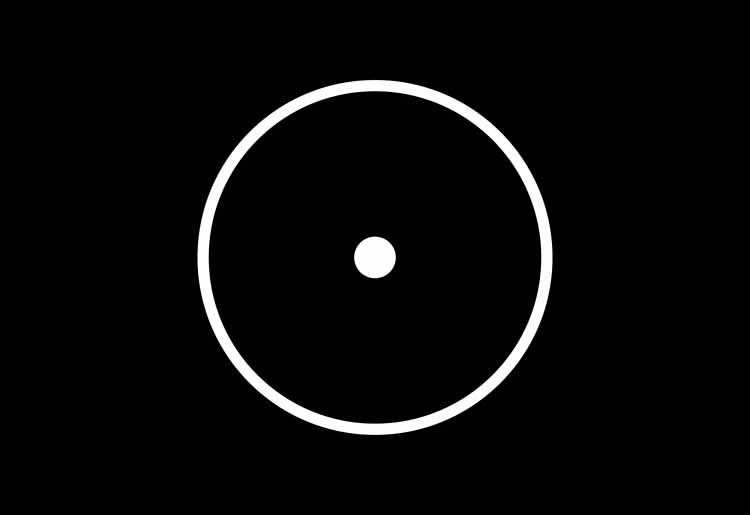
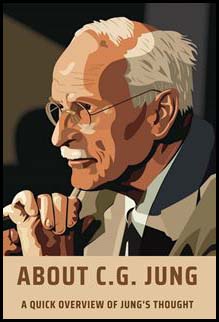
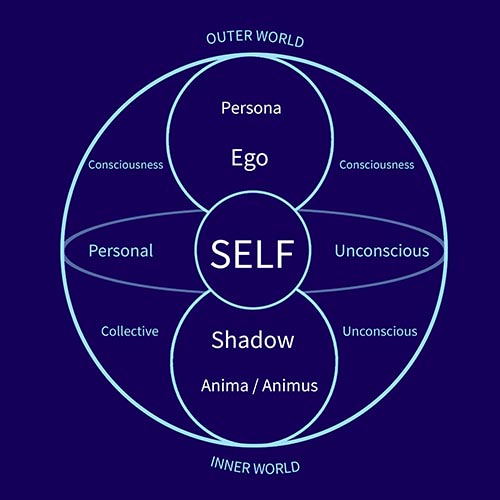
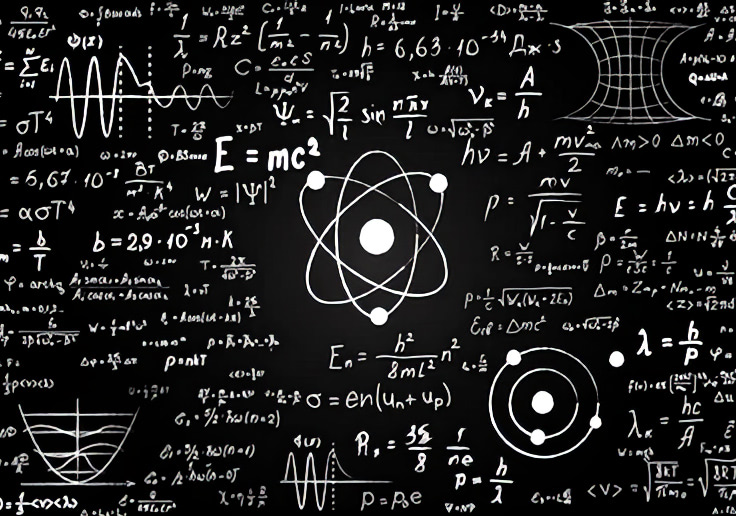

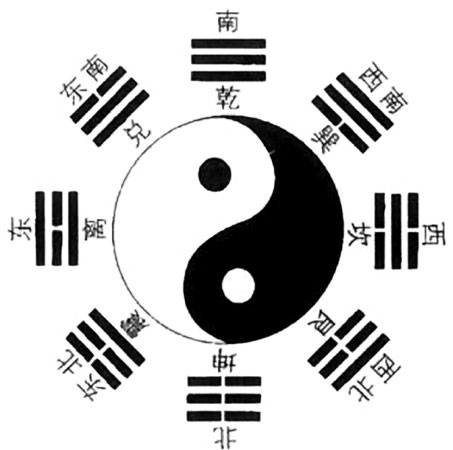
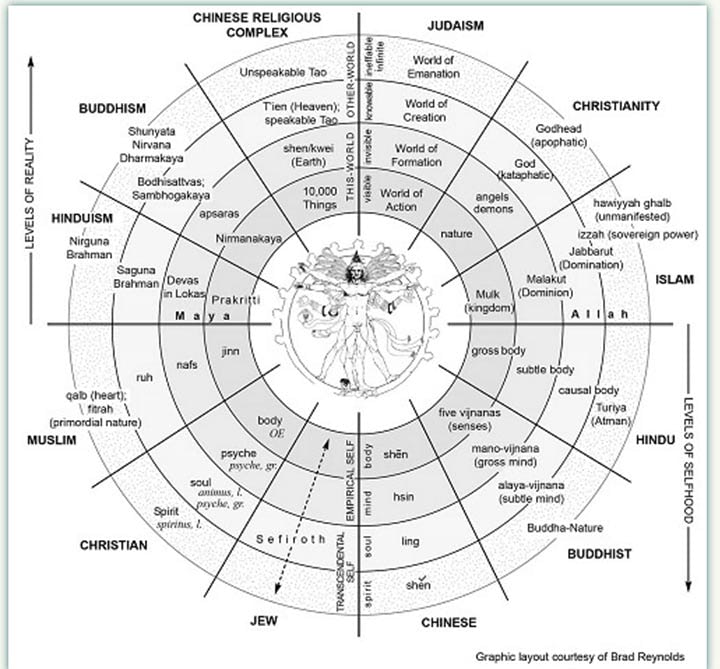
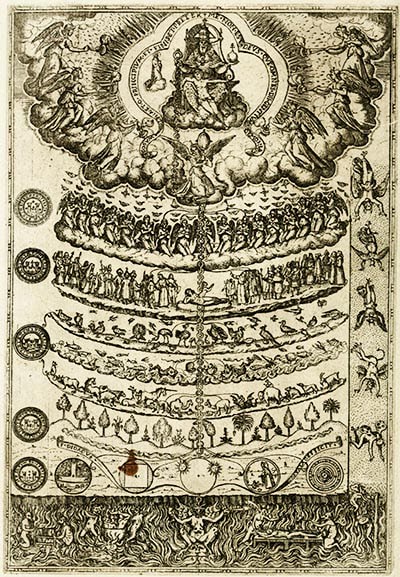

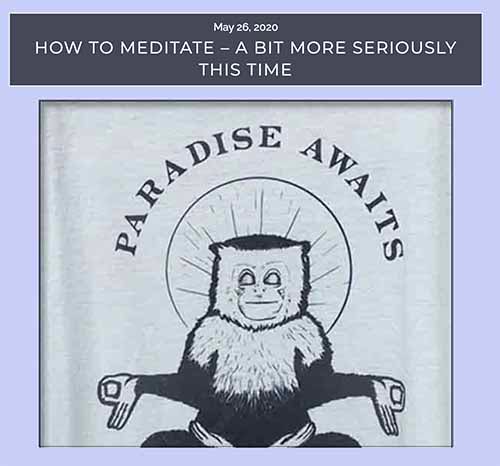
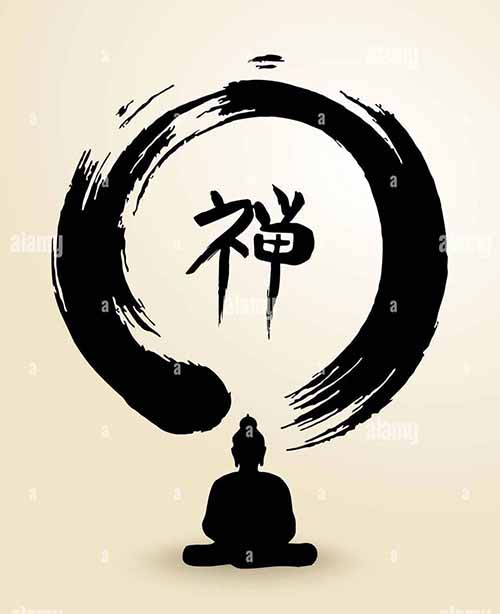
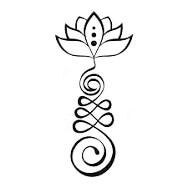
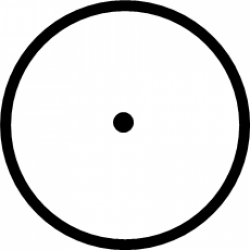

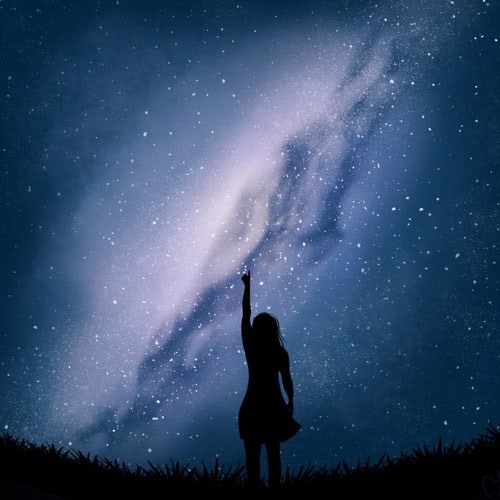
2 thoughts on “consciousness”